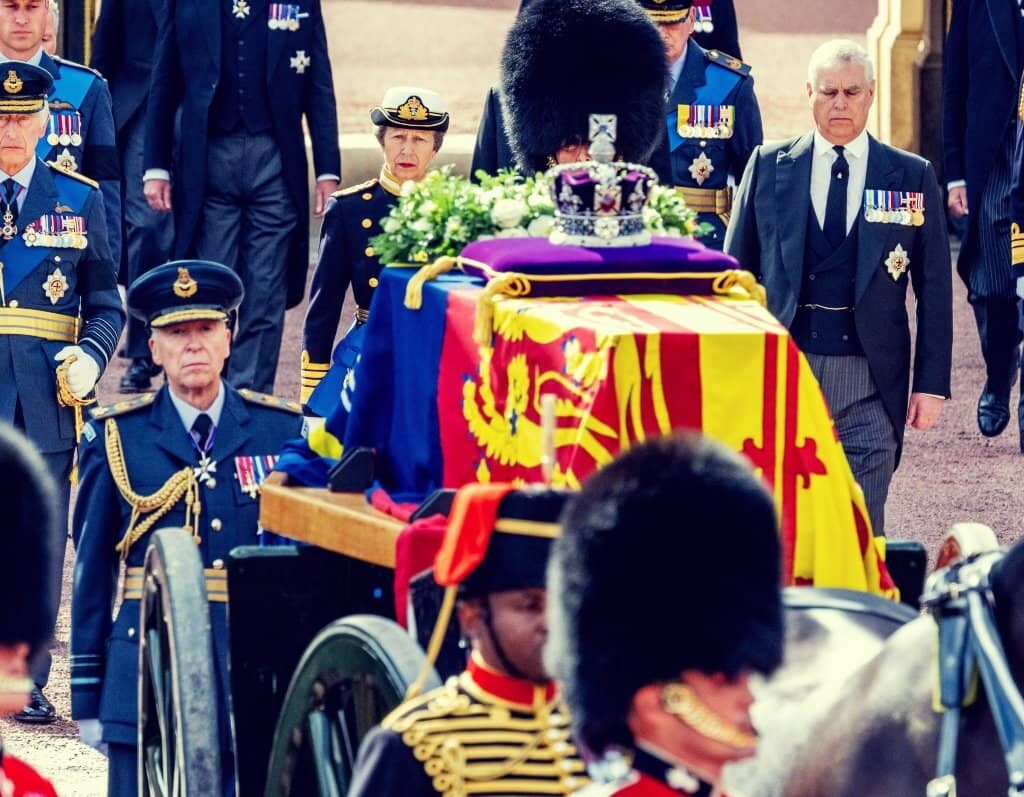A riderless horse pulled Queen Elizabeth II’s carriage during her funeral procession from Buckingham Palace to Westminster Abbey. This unexpected visual statement may have been…
Significance of the riderless horse at the funeral of Queen Elizabeth II
Rows of armed guards and soldiers stood around her coffin, which was draped with the royal standard.
But there was no one in front of her.
This decision was deliberate, as was much of the ceremony and formality surrounding the monarch’s period of mourning.
Fallen soldier
The lone charger, or riderless horse, represents a fallen soldier: Queen Elizabeth II held more than 50 ranks and postings in the British and Commonwealth Armed Forces during her reign, making her the first female member of the royal family to serve in the armed forces.
The late monarch also had a great passion for horses. Her father, King George VI, gave her a Shetland pony named Peggy as her first horse.
She kept these animals as a hobby throughout her life and avidly visited events such as the Epsom Derby and Royal Ascot: “I think it’s her passion in life and she loves it and you can feel how much she loves it,” Camilla, the Queen Consort, told ITV at the time.
Choosing a riderless horse
The Queen rode them on the grounds of Windsor Castle until the last months of her life. The choice of a riderless horse is symbolic of the Queen, as well as of her as a person, an important figure the world has lost.
In addition to horses, other animals were associated with Queen Elizabeth. However, they play an important role in the period of widespread mourning and the subsequent ascension to the throne of Charles III.
Shenkin, the goat
The Welsh royal regiment organized a formal ceremony in Cardiff (Wales) to recognize the death of the king and the coronation of the new one. Shenkin, the goat that serves as the official mascot, took part in the ceremony.
Corgis were a favorite of Queen Elizabeth, so it should come as no surprise that, shortly after her passing, a photo of a corgi crying became popular on social media.
The monarch’s death also forced the royal beekeeper to alert the bees living in the hives at Windsor Castle and Buckingham Palace. Tradition dictates that the bees should be informed of important moments in their life to prevent terrible things from happening to them.
Then there are the swans; by a statute from the Middle Ages, the Queen was entitled to all the unmarked swans in England. That property was ceded to King Charles III after his death.
All creatures, great and small, seem to mourn the death of the legendary character.
The article first appeared on vogue.com in Vogue US.





